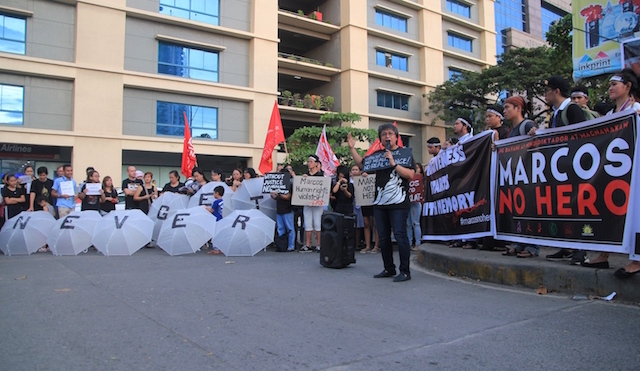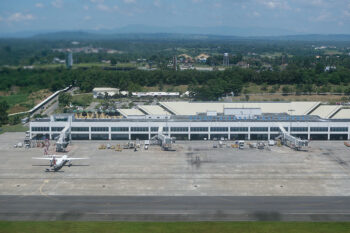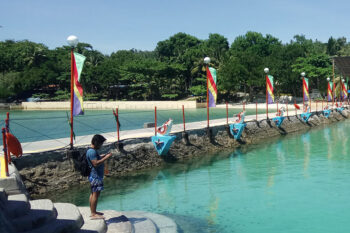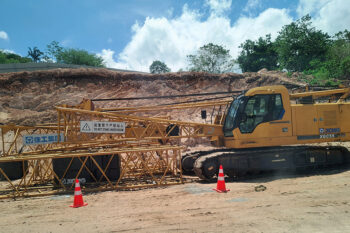DAVAO CITY (MindNews / 26 November) — Yesterday in the course of the Davao response to the National Day of Unity and Rage Against the Hero’s Burial for Marcos, I was asked a few times what I thought of the President’s statement that those protesting the burial should consider two questions: “Was Marcos a president? Was he a soldier?”
I responded by saying that since the matter was of national and historical importance that we should flat out refuse to reduce it to those two questions. And I counter proposed three that also needed to be considered: Was Marcos a dictator? Did the Marcoses steal billions from the national coffers? Have the Marcoses owned up to and apologized for the transgressions they committed and let happen when they were in power?
I wasn’t meaning to be cheeky. But I did want to show that the line of thinking that is being used to justify the burial is hardly supportive of the purported objectives of achieving healing and overcoming divisions.
More effective ways of resolving the issue would have been found had the President taken time to meet with and consult the Martial Law victims first.
As it were, nearly five months into his term, this campaign promise has not happened despite many efforts of different groups of Martial Law victims to seek audience with the President.

Today the news quotes the President as saying the burial happened because there is a law that has to be followed and that the inaction of his predecessors left him with the burden.
Perhaps he was referring to RA 289 (An Act Providing for the Construction of a National Pantheon for Presidents of the Philippines, National Heroes, and Patriots of the Country) signed into law by Philippine President Elpidio Quirino on June 16, 1948.
One argument I previously heard was that it is still contentious whether the Libingan ng mga Bayani, established in 1947 and formerly called the Republic Memorial Cemetery, is indeed the National Pantheon.
But to me, the bigger reality is that prior to the treacherous November 18 burial, only three other Presidents were buried at LNMB: Carlos Garcia, Diosdado Macapagal and Elpidio Quirino (who was reinterred at LNMB only on his 60th death anniversary in February this year).
Ramon Magsaysay and Corazon Aquino are buried elsewhere. The other Presidents before Quirino have not been reinterred at LNMB: Manuel Roxas, Sergio Osmena, Jose P Laurel, Manuel Quezon and Emilio Aguinaldo.
So it seems there is no legal compulsion to burying a President at LNMB. Only preference, of the rabid and persistent kind displayed by the Marcoses and allowed by the current administration.
Perhaps it’s already too much to point out that none of his immediate predecessors (Presidents Cory Aquino, Fidel Ramos, Erap Estrada, Gloria Arroyo and Benigno Aquino) suffered legal consequences from not facilitating the burial (although Estrada and Arroyo seriously flirted with it).
Maybe I should be happy that this most recent round of Presidential reasoning at least avoided his other pronouncements which trivialized Martial Law and the struggle against it: that it was really just a conflict between two families, and that the abuses of the Marcos dictatorship “cannot be determined at this time” but “has to have a history first”.
Meantime I am grateful for the record-keeping and capacity for memory of historians and journalists like Carolyn O. Arguillas whose post reminded us that the first pastoral letter against human rights abuses during Martial Law was in 1978 by then Davao Archbishop Antonio Mabutas in response to the killings and torture of church workers in Catalunan Grande, Davao City.
Yesterday seminarians from SATMI marched with us carrying a banner that said “forgiveness starts with memory”.
And our memory of Ferdinand Marcos Sr is more than that he was a president and a soldier. (MindaViews is the opinion section of MindaNews. Mags Z. Maglana is a Mindanawon who has worked in various capacities over the past 30 years for peace, good governance, sustainable development, and the promotion of human rights. Maglana is one of the convenors of Konsyensya Dabaw. This piece was first posted on her FB wall. Please email feedback to magszmaglana@gmail.com)







